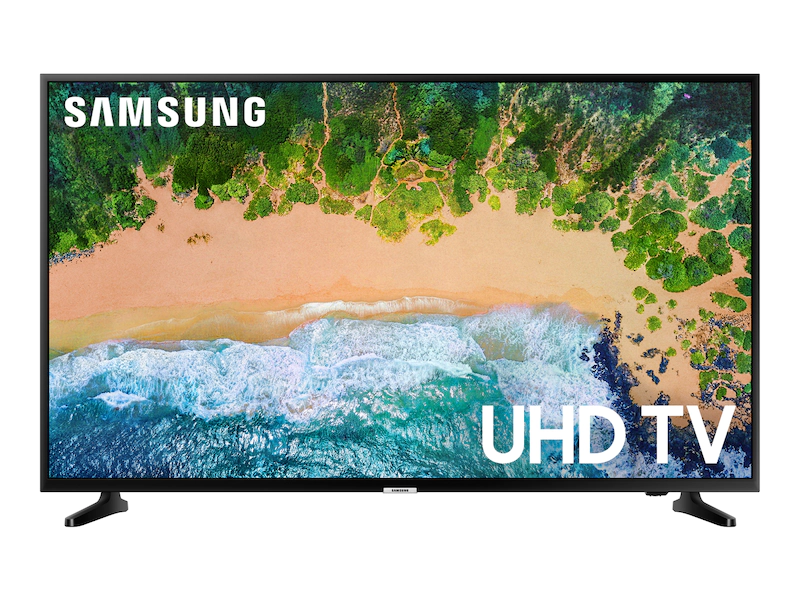Guitar Lesson: Cavatina Classical Sheet
Cavatina’s solo version has become a goal for many guitarists, but the cosmetic is quite challenging to play and much harder to make it sound good. How to read sheet music as a guitarist is the main issue for most classical aspiring players. Below are some useful tips on how many motivated students can best practice this impressive classical guitar music piece.
Teacher’s Wisdom
 If you are a classical guitar student, I suppose your guitar teacher might warn you not to try to decipher this piece until you are musically prepared and have the essential guitar skills needed to play it. Also, there are many bar chords throughout the article that are difficult to learn with an untrained left hand to play comfortably and effortlessly. These notes address the question of how you can discover Cavatina if you are an inexperienced note reader but still a highly motivated classical guitarist!
If you are a classical guitar student, I suppose your guitar teacher might warn you not to try to decipher this piece until you are musically prepared and have the essential guitar skills needed to play it. Also, there are many bar chords throughout the article that are difficult to learn with an untrained left hand to play comfortably and effortlessly. These notes address the question of how you can discover Cavatina if you are an inexperienced note reader but still a highly motivated classical guitarist!
Sight Reading
Cavatina is usually played at a slow pace, and to the listener, it may seem like an effortless piece to play. It isn’t effortless because you have intertwined the line of the song with all the balances, and you want to discover the line of the music between all the audio notes. You will also play with the sound in the keyboard’s higher areas, which makes it much more challenging to analyze the notes. This process of notation of guitar notes is now quite common, and this type of notation has some advantages since the lack of reading skills at a glance can prevent guitar students from playing pieces that otherwise everyone would be willing to play. The disadvantage of guitar tablature is that you may never learn to read guitar scores correctly with this service between scores.
One bar at a Time
If you learn every line of the song one by one, you will experience a visible improvement that can create excitement and allow you to cling to the end. Sometimes you’ll notice reading difficulties and technical problems that will enable you to concentrate on even smaller segments of a bar. You can significantly accelerate your progress by taking Cavatina’s short components, which you can put on and learn immediately. If you understand the lines, you can combine them and gradually play other parts of the test. Since there are many bar chords to play in the piece, I strongly recommend that you break your left hand when you are tired to avoid injury. Playing bar chords is not related to weightlifting but the art of relaxation.
Two Approaches
 If you train the memorized lines together, you should practice both approaches: level of practice. Practice with musical faith, but if you find a mistake or technical difficulty, you will stop and concentrate on making those notes shine until you master this musical deviation—performance level. Behave as you would in front of real people trying to make fun music. You don’t stop when you make a mistake, but you can minimize the result of an error and continue with enthusiasm and confidence. By practicing these two approaches, you will be ready to perform in front of an audience and reduce stage fright, along with the knowledge that you can master mistakes. So you can play relaxed and concentrate on creating songs! You will be aware of your musical role and appreciate the journey to your destination!
If you train the memorized lines together, you should practice both approaches: level of practice. Practice with musical faith, but if you find a mistake or technical difficulty, you will stop and concentrate on making those notes shine until you master this musical deviation—performance level. Behave as you would in front of real people trying to make fun music. You don’t stop when you make a mistake, but you can minimize the result of an error and continue with enthusiasm and confidence. By practicing these two approaches, you will be ready to perform in front of an audience and reduce stage fright, along with the knowledge that you can master mistakes. So you can play relaxed and concentrate on creating songs! You will be aware of your musical role and appreciate the journey to your destination!



